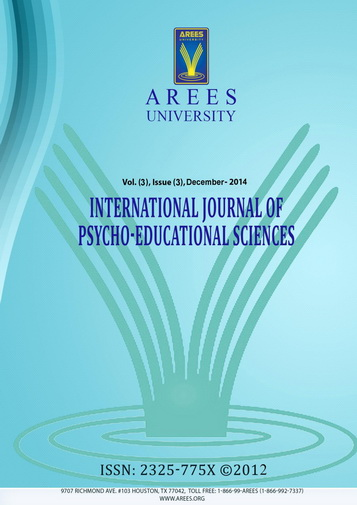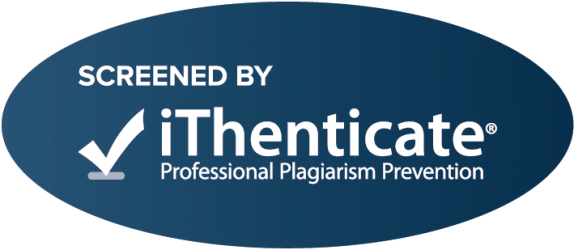The Effectiveness of Touch Math on Improving Academic Achievement on Math Addition in Children with Autism
Keywords:
Touch Math program, children with autism, academic achievement, math additionAbstract
The purpose of this study was to explore effect of Touch Math program on improving academic achievement on math addition in children with autism. Children participants diagnosed using Autism Spectrum Disorder Evaluation Inventory (Mohammed, 2006), were invited to participate. The sample was randomly divided into two groups; experimental (n=5) and control (n=5). Findings from this study indicated the effectiveness of the program employed in math skills in the target children. On the basis of the findings, the study supports the idea of Touch Math as a powerful intervention for children.Downloads
References
Amaal , A. Mostafa (2013) .The effectiveness of touch Math Intervention in teaching addition skills to preschoolers at-risk for future learning disabilities. International Journal of Psycho-Educational Sciences, 4, 15-22.
Ardnts,M., & Cabelus, W. (2009) Jerome Bruner’s edu cational theory Retrieved October 28, 2009 from http://newfoundations.com/gallery/bruner.htm
Bedard, J. M. (2002). Effects of a multisensory approach on grade one mathematics achievement, 4-38. Retrieved February 12, 2009, from http://www.touchmath. com/pdf/JMB.pdf
Bullock, J. (2005). Touch Math Training Manual. Colorado Springs: Innovative Learning Concepts, Inc.
Calik, N. & Kargin, T.(2010).Effectiveness of the Touch Math Technique in Teaching Addition Skills to Students with Intellectual Disabilities. International Journal of Special Education, 25 ,1 ,195-204.
Cihak, D. F., & Foust, J. L. (2008). Comparing number lines and touch points to teach addition facts to students with Autism. Focus on Autism and Other Developmental Disabilities, 1.Retrieved July 8, 2008, from
http://foa.sagepub.com/cgi/rapidpdf/1088357608318950v1
Huitt, W., & Hummel, J. (2003). Piaget's theory of cognitive development. Educational
Psychology Interactive. Valdosta, GA: Valdosta State University.
Kramer, T., & Krug, D.A. (1973). A rationale and procedure for teaching addition. Education and Training of the Mentally Retarded, 8, 140-145.
Mourad Ali Eissa & Hesham Habib Al Huseini(2013). Effect of Multisensory Approach on Increasing Math Skills Children with Mild Intellectual Disabilities. International Journal of Psycho-Educational Sciences, 4, 75-85.
Scott, K. S. (1993). Multisensory mathematics for children with mild disabilities. Exceptionality,4(2), 97-111.
Wisniewski, Z. G., & Smith, D. (2002). How effective is Touch Math for improving students with special needs academic achievement on math addition Mad Minute timed tests? South Bend: Indiana University: (ERIC Document Reproduction Service No. ED469455).
Additional Files
Published
How to Cite
Issue
Section
License

This work is licensed under a Creative Commons Attribution-NonCommercial-NoDerivatives 4.0 International License.










